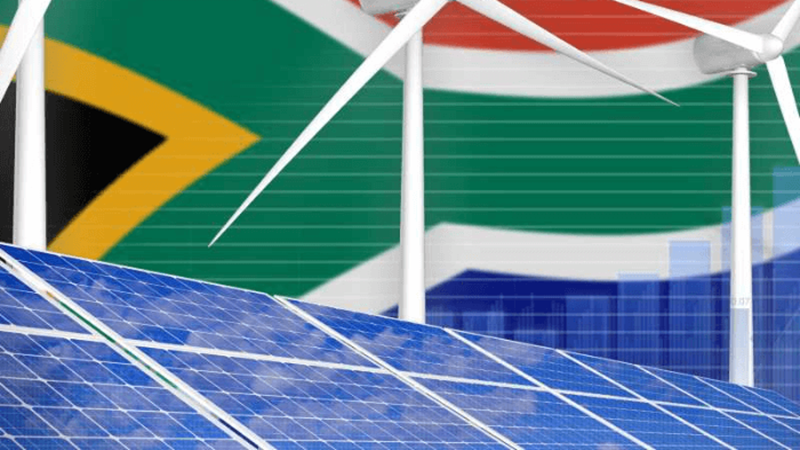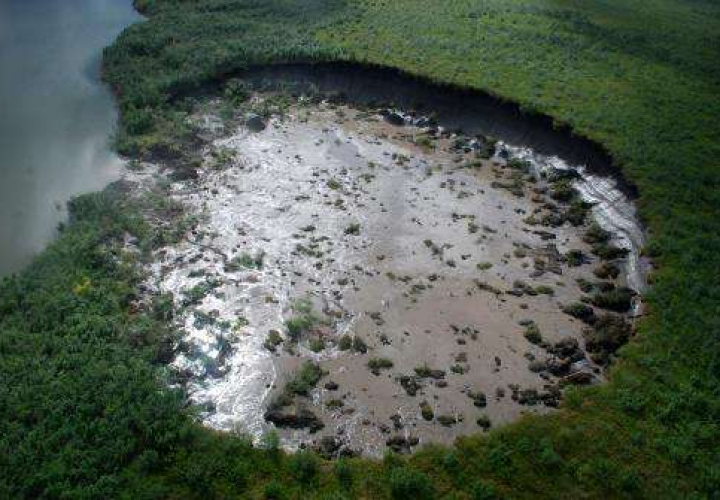
South African’s Renewable Energy Dilemma: Balancing Implementation Challenges with Future Opportunities
With references to the discussions between the 26th Conference of the Parties (COP26), and the United Nations Framework Convention on Climate Change (UNFCCC), the adoption of renewable energy sources is presented as a fair and just transition for the South African (SA) population and the globe at large to combat the effects of climate change.
However, within the context of this, a complex argument emerges suggesting that renewable energy is misunderstood and might present challenges for implementation in SA.
The Challenges of Renewable Energy Implementation in South Africa
Professor Roula Inglesi-Lotz, the first president of the South African Association for Energy Economics (SAAEE), mentioned that the integrated resource plan (IRP), released in 2019, predicted the power needs of the SA population over the next 10 to 20 years. Additionally, there was a financial deal that took place at COP26, which included developed nations to assist the SA transition into more cleaner and renewable energy sources.
However, he argues that it is unfair that renewable energies seem to fit under one umbrella, as technologies vary significantly, in that they provide different benefits and different throwbacks for various nations. In light of this, he adds that renewables are sometimes better or worse or are cost-effective or not, when they are compared to coal, which is a resource that is used extensively across SA for power supply.
Echoing these sentiments, Wikus Kruger of University of Capetown School of Business, who is responsible for power sector investment across Africa, explains that there is sufficient funds, because there is widespread will to invest in renewables. Therefore, the finance should be injected into Eskom (national power utility) and the government to assist with shutting down all coal plants sooner.
There is an urgent need to reduce SA emissions as the climate warms toward 1.5°C, a tipping point. The primary issue is that South Africans still rely on their power plants due to the scarcity of power. Otherwise, failure to do so can lead to widespread blackouts. Alarmingly, Eskom has struggled to produce power supply where in 2022 they issued warnings ranged to 100 days of rolling power outages with a 6,000 MW shortfall, which represents 20% of peak demand.
In support of this view, Professor Roula Inglesi-Lotz adds that renewable technologies and their subsequent development for the age of energy generation- from solar, hydro, or wind have improved over the years, which reduces costs compared to coal.
The Need for Financial Support and Integrative Energy Approach
Now its important to note that there has been a significant decline in the costs of renewable energies, since the demand has grown globally. In light of this, my view is that South Africans should look at the least cost option that meets the socioeconomic objectives that the government sets in that jurisdiction, when it comes to procuring new generation capacity. Better solutions should lean towards the energy sector mobilizing towards a more integrative thinking approach that will birth a mixed solution to cater to each communal economic and social needs.
The Opportunities For South Africans By Renewable Energy
- Optimal resources: It is important to note that SA has some of the best wind and solar resources in the world. As such these renewable plants are already operational and effective in less favorable climates, allowing SA to be a suitable geographical location to replicate the resources.
- Speed & cost efficiency: The construction of solar and wind plants can be setup in approximately two years and the associated costs of these technologies have decreased sharply, allowing them to be much more affordable as compared to gas, coal or other nuclear energy.
- Low running costs and emissions: Solar and wind power operational costs are low, due to minimal fuel consumption. Therefore, renewable technologies possess a very low carbon foot print, which lead to the attraction of new investors and playing a crucial role in combating global warming.
- Economic and social benefit: Scaling up renewable energy adoption has the potential to reduce the power shortage crisis and minimize rolling blackouts, though challenges in infrastructure and implementation remain. In addition, it can create jobs, reduce emissions, and contribute to socio-economic objectives while positioning South Africa as a global leader in the clean energy transition.
Conclusion
South Africa stands at a pivotal juncture in its energy future. While the challenges of transitioning to renewable energy, such as reliance on coal and the risks of power shortages, are significant, the opportunities are equally promising. With abundant solar and wind resources, decreasing technology costs, and growing global financial support, the country is well-positioned to harness renewable energy for long-term benefits.
By supporting an integrated energy approach, South Africa can not only address its energy crisis but also drive socio-economic growth, reduce carbon emissions, and take a leading role in the global fight against climate change. The journey may be complex, but the potential rewards make it a necessary path forward for both the nation and the world.
- References
Evans, J. (2021, November 08). The real deal with renewable energy in South Africa — unpacking the suite of options. Daily Maverick .https://www.dailymaverick.co.za/article/2021-11-08-the-real-deal-with-renewable-energy-in-south-africa-unpacking-the-suite-of-options/ - Winkler, H. (2022, July 12). South Africa could produce a lot more renewable energy: here’s what it needs. The Conversation. https://theconversation.com/south-africa-could-produce-a-lot-more-renewable-energy-heres-what-it-needs-185897





